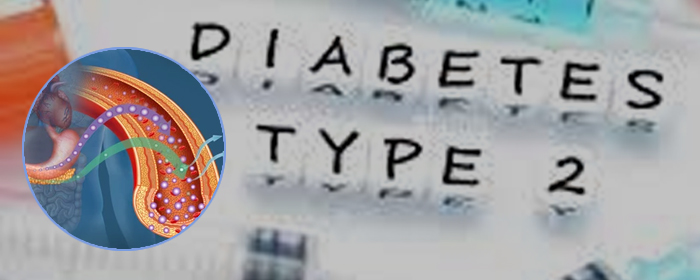Diabetes Profile

A chronic condition that affects the way the body processes blood sugar (glucose).
It typically appears in adolescence. Symptoms include increased thirst, frequent urination, hunger, fatigue and blurred vision. Treatment aims at maintaining normal blood sugar levels through regular monitoring, insulin therapy, diet and exercise.With type 2 diabetes, the body either doesn't produce enough insulin, or it resists insulin.
Symptoms
Signs and symptoms of type 2 diabetes often develop slowly. In fact, you can be living with type 2 diabetes for years and not know it. When signs and symptoms are present, they may include:
- Increased thirst
- Frequent urination
- Increased hunger
- Unintended weight loss
- Fatigue
- Blurred vision
- Slow-healing sores
- Frequent infections
- Numbness or tingling in the hands or feet
- Areas of darkened skin, usually in the armpits and neck
Causes
Type 2 diabetes is primarily the result of two interrelated problems:
- Cells in muscle, fat and the liver become resistant to insulin. Because these cells don't interact in a normal way with insulin, they don't take in enough sugar.
- The pancreas is unable to produce enough insulin to manage blood sugar levels
Risk factors
Factors that may increase your risk of type 2 diabetes include:
- Weight: Being overweight or obese is a main risk.
- Fat distribution: Storing fat mainly in your abdomen — rather than your hips and thighs — indicates a greater risk. Your risk of type 2 diabetes rises if you're a man with a waist circumference above 40 inches (101.6 centimeters) or a woman with a measurement above 35 inches (88.9 centimeters).
- Inactivity: The less active you are, the greater your risk. Physical activity helps control your weight, uses up glucose as energy and makes your cells more sensitive to insulin.
- Family history: The risk of type 2 diabetes increases if your parent or sibling has type 2 diabetes.
- Blood lipid levels: An increased risk is associated with low levels of high-density lipoprotein (HDL) cholesterol — the "good" cholesterol — and high levels of triglycerides.
- Age: The risk of type 2 diabetes increases as you get older, especially after age 35.
- Prediabetes: Prediabetes is a condition in which your blood sugar level is higher than normal, but not high enough to be classified as diabetes. Left untreated, prediabetes often progresses to type 2 diabetes.
Complications
Type 2 diabetes affects many major organs, including your heart, blood vessels, nerves, eyes and kidneys. Also, factors that increase the risk of diabetes are risk factors for other serious chronic diseases. Managing diabetes and controlling your blood sugar can lower your risk for these complications or coexisting conditions (comorbidities).
* Consult Your Physician For More Information & Best Treatment Options Available…